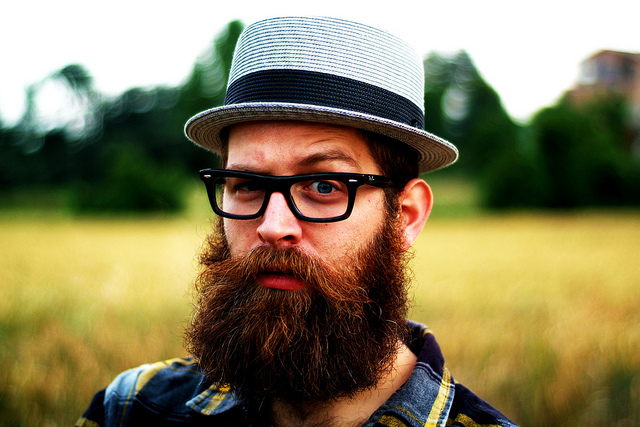
Chin-Strap, Fu Man Chu, Burt Reynolds, or Full Marx. National competitions honor it. Hockey players grow it. Dress codes may moderate it, and now finally, sociologists weigh in on it. We’re talking beards.
In early April, a men’s fashion article in The Guardian explored the historical significance of beards, describing, for example, how early Egyptian pharaohs wore fake beards as a symbol of power. Since then, facial hair’s place in men’s fashion has waxed and waned, at times symbolizing political power while at other times representing radical lifestyles and rejections of social norms. French sociologist Stéphane Héas explained the political and social connotations of beards.
“Being hairless and clean-shaven, or not, is far from neutral,” Héas said. “Social norms determine how far a beard should be allowed to grow, when it should be trimmed or shaved off.”
He goes on to explain how facial hair has reinforced gendered power in modern western cultures:
The patriarchal, male-dominant nature of western society in the 19th and 20th century almost certainly explains the appeal of sophisticated beards and moustaches. Policymakers made their presence felt through their discourse and facial hair.
Yet despite the power and authority associated with having facial hair, Héas notes that, “being completely hairless has become almost mandatory for western women and is spreading to men.” The beloved beard may be on its way out yet again.

Comments 4
JimKim — April 27, 2015
Is there a translated work of Professor Heas' work?
This is very interestings...... Will be sifting through google scholar.
JimKim — April 27, 2015
This is very interesting*... The dreaded typos and undeletable comment...
http://www.globalworldinfo.com/ — April 29, 2015
I love what you guys are up too. This kind of clever work and exposure!
Keep up the excellent works guys I've you guys to my personal blogroll.
James Ruiz — November 21, 2022
Hi. Sometimes it happens exactly as you wrote - I look at the client and realize that he would look good with long bangs and shortened temples, or that it is worth removing the entire length of the hair to accentuate the beautiful face. But when inspiration is lacking, I take ideas from Mens Haircuts here on https://glaminati.com/best-mens-haircuts/ . I strongly advise not to miss the articles on this site because they are very relevant.